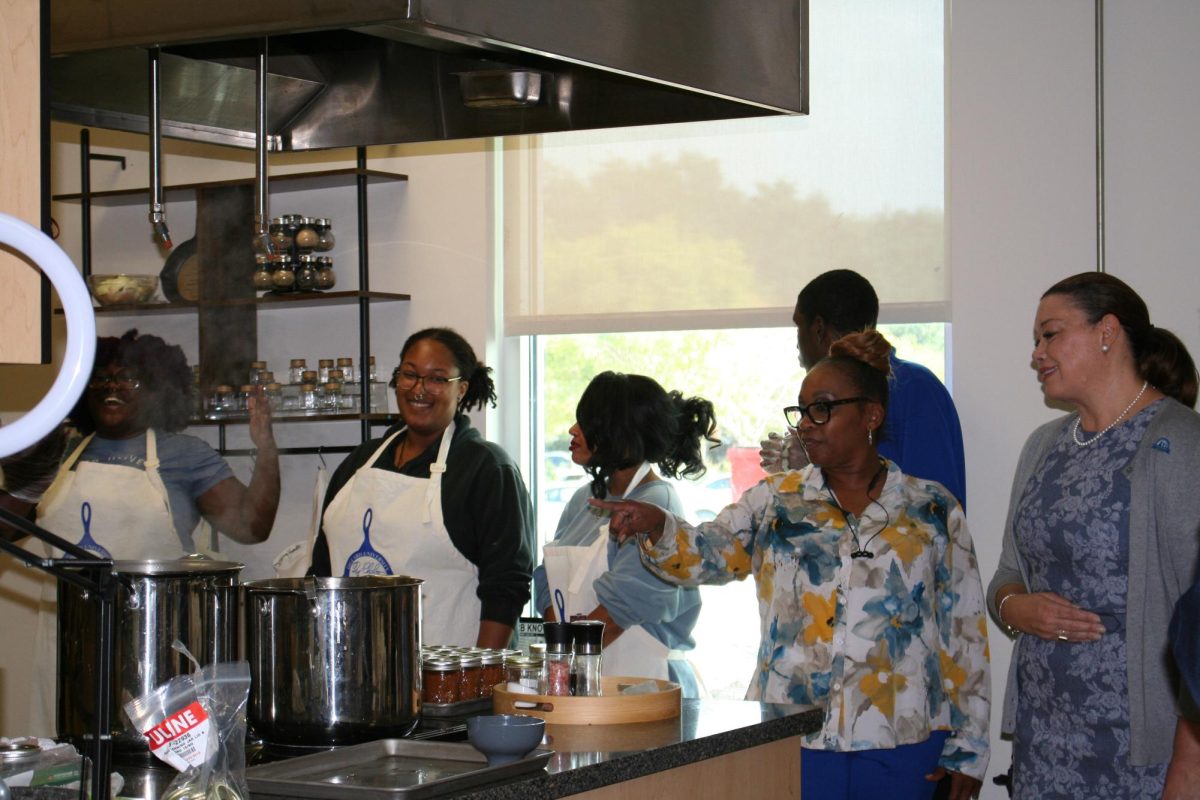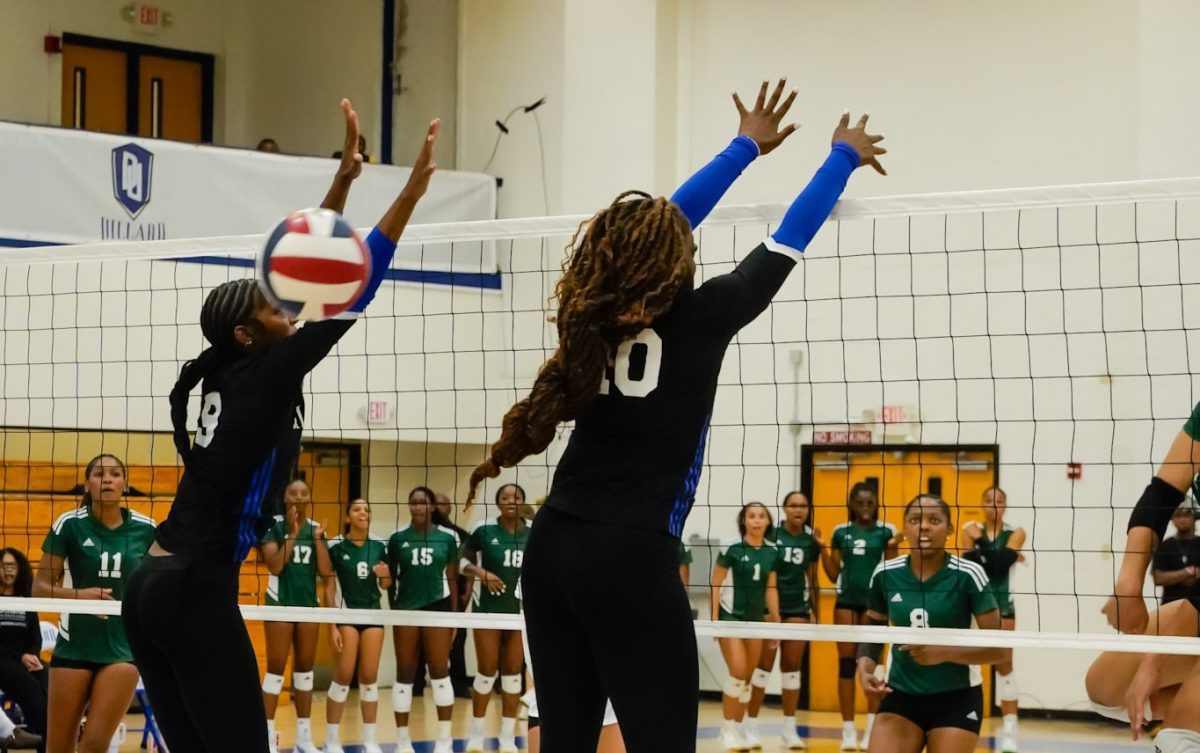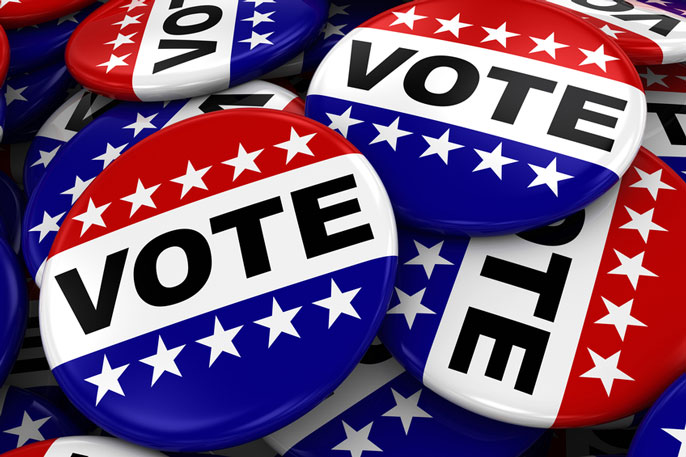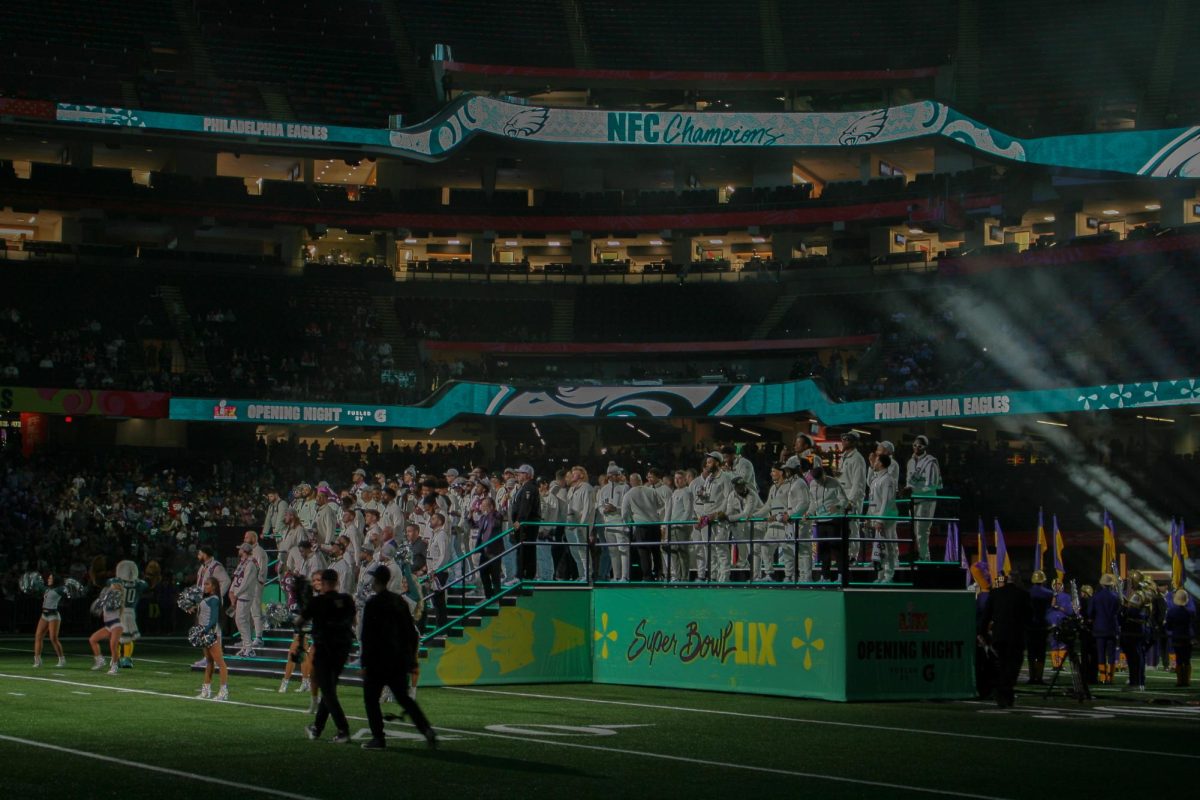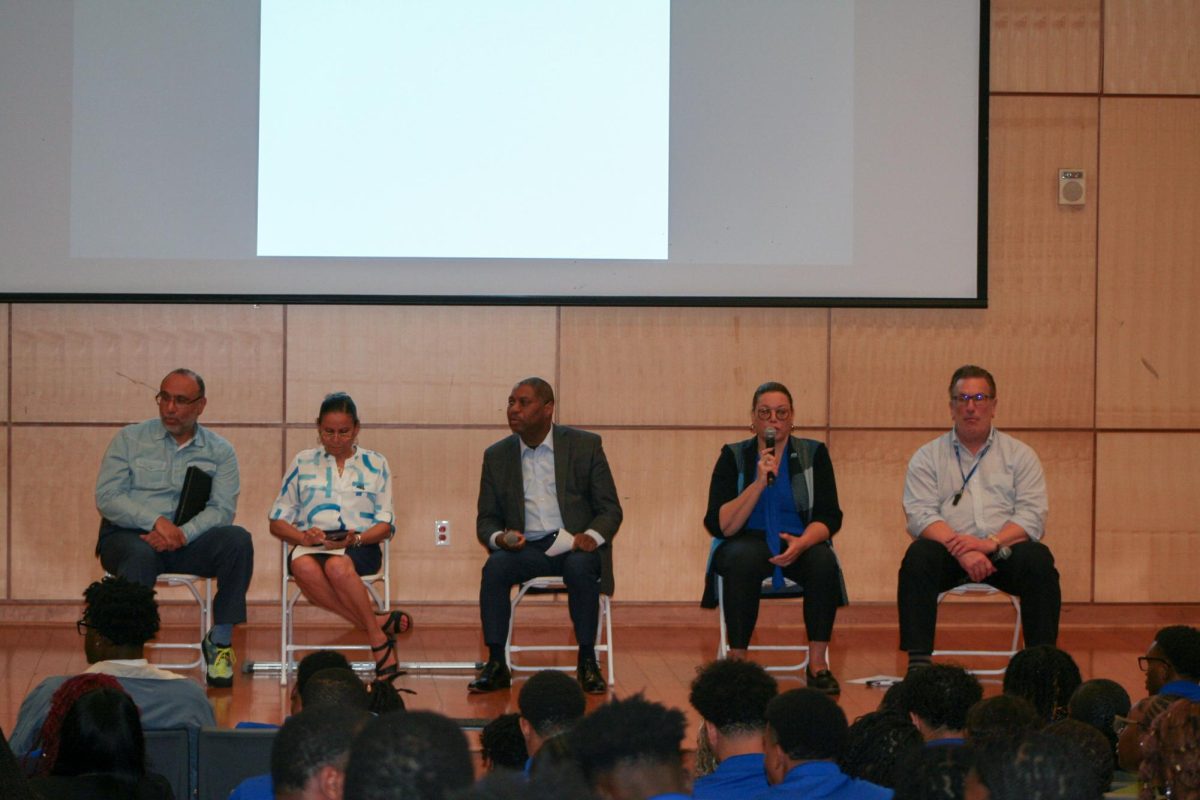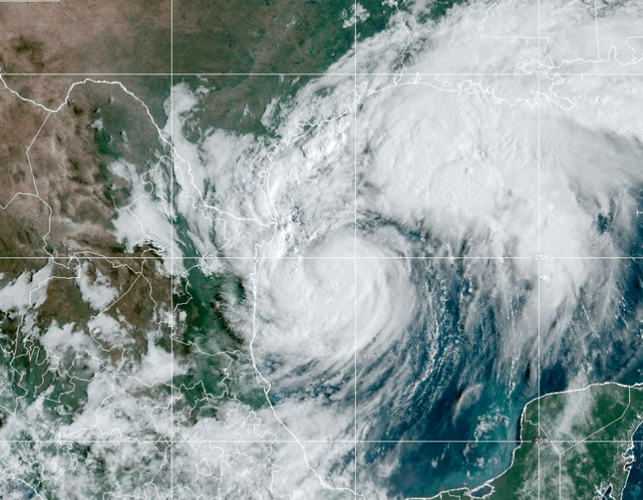For years, football players at Historically Black Colleges and Universities have dreamed of being drafted into the NFL. But reality is that their chances are fewer than players that attend traditionally white institutions. But retired NFL football player, Richard Harvey has put forth efforts to change these disheartening facts and bring another exciting event to New Orleans.
There have been great players drafted from HBCUs who currently have, or have had, great NFL careers. Among that list are Steve McNair, Jerry Rice, Michael Strahan, Aeneas William and Shannon Sharpe.
“Every now and then, there will be a Steve McNair who dominates on the field,” said John McKenzie, offensive coordinator for Alcorn State, an HBCU in Alcorn State, Miss. “If you’re exceptional, the NFL scouts will find you. But if you’re just a good [football] player, it’s a lot harder to get drafted.”
McNair was drafted in 1995 from Alcorn State to Houston Texans to play quarter back. Rice was drafted in 1985 from Mississippi Valley to the San Francisco 49ers as a wide receiver. The New York Giants drafted Strahan in 1992 from Texas Southern to play defensive end. In 1991, Williams was drafted from Southern University to play corner back for the Phoenix Cardinals, now the Arizona Cardinals. Sharpe was drafted in 1990 from Savannah State to play tight end for the Denver Broncos.
Of the 105 HBCUs in the United States, only 43 have football teams approved by the NCAA. The NFL provides information about drafts dating back to 1982. The total number of HBCU football players drafted into the NFL between 1982 and 2003 is 281, according to statistics compiled by The Courtbouillon. The top three years for drafts from HBCUs were 1992 with 29, 1982 with 21, and 1983 with 20. The average number of drafts within this 22-year span was six players. Out of 43 HBCUs, on average, the NFL only picked up six players.
“The main reason black college football players are not drafted to the NFL in higher numbers is that they have less media exposure, and therefore less exposure to scouts,” said Richard Harvey, a retired NFL football player and executive director of the HBCU All-star Classic. Harvey is very familiar with the way the NFL works; he played for the Buffalo Bills 1989-1994, the New Orleans Saints from 1995-1998, and the Oakland Raiders from 1999-2000. Exposure for HBCU athletes is Harvey’s number one goal.
The top three HBCUs to have players drafted to the NFL from 1982 and 2003 are Jackson State with 35, Grambling with 28, and Tennessee State with 26. The top three NFL teams to draft NFL players between 1982 and 2003 are the Minnesota Vikings with 19, the San Diego Chargers with 18, and the Dallas Cowboys with 16. The number of players drafted to the NFL has decreased over the years. During 2000-2003 only 25 HBCU players were drafted to the NFL.
McKenzie believes that the decrease in numbers is due to the increase in opportunities for black football players. “Black athletes were not allowed to go to big name schools like LSU back in the day, so HBCUs were sometimes the only schools they could play football at,” McKenzie said.
But now African American football players can choose to go to any school they like. So players are choosing to go to schools that are bigger and more publicized, particularly those in the Big Ten Conference. As a result, it is becoming harder for HBCUs to acquire the exceptional players they use to get years ago. But McKenzie thinks that the athletes who don’t decide to go to HBCUs miss out.
“Some black [football] players will go to bigger schools with more notoriety and sit the bench for a year or two before they get their chance to shine, but they could have come to an HBCU and dominated all four years,” McKenzie said.
Another obstacle in the road to the NFL for HBCU football players is the fact that HBCU games are not always nationally televised like other traditionally white institutions. Not to mention the fact that the conferences the HBCUs belong to are seen as less competitive than conferences like the Big Ten.
“Some NFL scouts would rather stay at home and watch 10 football games on TV rather than travel to a small town just to watch one player,” said Duer Sharp, assistant commissioner of the Southwestern Athletic Conference. “If a player [at a HBCU] is good enough [the scouts] might find them, but if they are marginal it is less likely they will get a shot.”
There are some scouts who do go the extra mile to find good talent no matter where the player may be found. “A great scout will cover all the ground when looking for a great player, which means going to big schools and small schools,” McKenzie said. “That is the only way to find those diamonds in the ruff, who can sometimes be more valuable than the most sought after players.”
The all-star game is modeled after the East/West Shrine Football game and will include the HBCUs of the East playing the HBCU’s of the West. The East team will include players from the Mid-Eastern Athletic Conference, Central Intercollegiate Athletic Association, and independent teams West Virginia State College, Cheyney University of Pennsylvania and Savannah State University. The West team will consist of players from the South Western Athletic Conference, Southern Independent Athletic Conference, and independents teams Tennessee State University and Stillman College.
Harvey created the HBCU All-star Classic football game to give HBCU players more exposure. In 2004 the four major all-star football games combined only had 3 percent HBCU players. This game will give HBCU NFL draft-eligible seniors a chance to perform in front of NFL scouts and the nation. The inaugural game will be held Monday, Jan. 17, 2005 at Tad Gormley Stadium located in New Orleans’ City Park. The game, which will be during Martin Luther King weekend, is expected to be a big success by all its investors.
The HBCU All-Star Classic selection committee consists of Willie Shaw, a retired NFL defensive coach for 20-plus-years, Ray Brown, a NFL veteran and offensive guard for the Detroit Lions for 19 years, Milt Jackson, a retired NFL offense coach for 20 years, Tyrone Wheatley, a NFL veteran a running back for the Oakland Raiders and Richard Harvey, a NFL veteran and New Orleans Saints player.
Each coach from the 43 HBCUs that currently have football teams will nominate four players from their team and two players from other teams in their conference. The final list will be given to the selection committee who will make the ultimate decision on the 96 players who will appear on the roster of the all-star game.
Harvey said that the real success of the game does not rest in the hands of the NFL coaches or player, but in the hands of the community. “Without [the community’s] support, this game will never reach its full potential,” Harvey said.
All the money earned from the game will be donated to the Support A Dream Foundation, which provides scholarships to African-American high school seniors who are in need of financial assistance to attend college.


